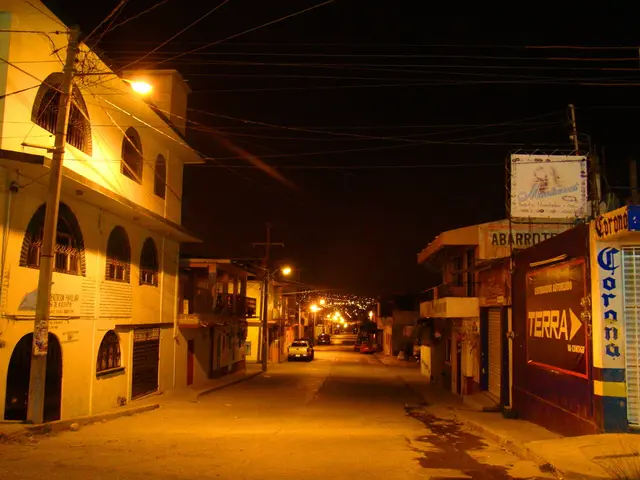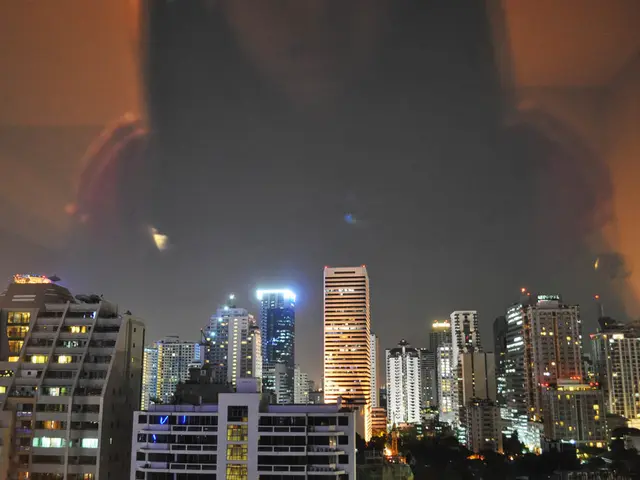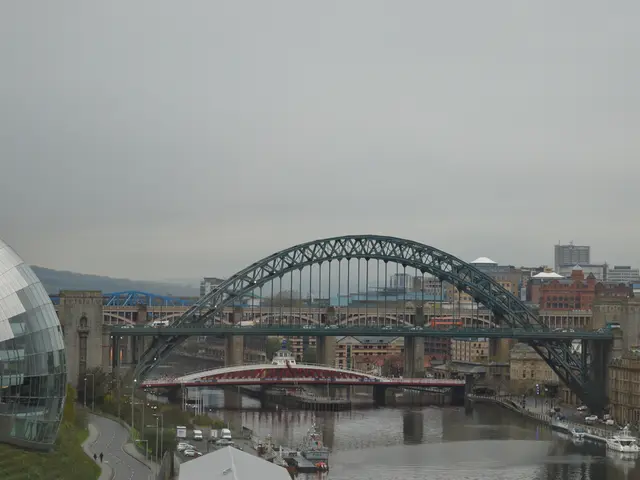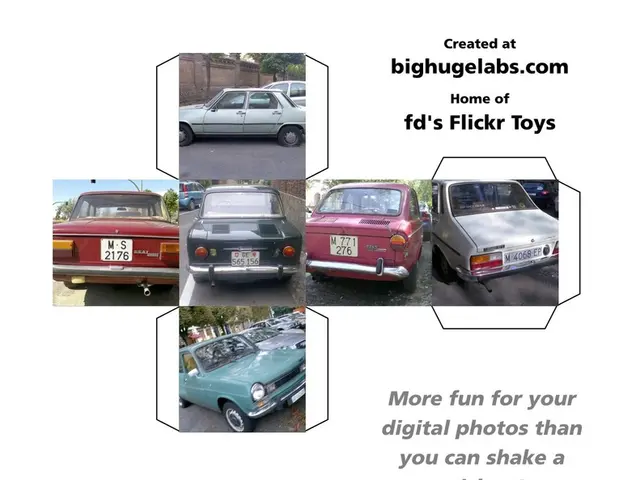Octopus Energy Launches UK's First Mass Market V2G Tariff
Octopus Energy has launched the UK's first mass market vehicle-to-grid (V2G) tariff, Octopus Power Pack. This innovative service allows electric car drivers to save money and support the grid, marking a significant step towards greener transport.
The Octopus Power Pack uses V2G technology and Octopus Energy's Kraken platform to balance charging and discharging for the grid. Drivers simply plug in their car for roughly six hours a day, and the process works automatically. This not only helps stabilise the grid but also enables drivers to save over £850 a year on charging costs compared to a standard variable tariff.
Alex Schoch, Head of Flexibility at Octopus Energy, highlighted the untapped potential of electric cars' energy storage power. He believes that once there are ten million electric cars on UK roads, they could power the entire country during peak times with V2G technology. Currently, Octopus Energy has over 200,000 customers signed up to its EV optimised tariffs, making up a fifth of electric car drivers in the UK.
The launch of Octopus Power Pack comes as car manufacturers like Volvo prepare to release V2G-ready models, increasing compatibility. While specific plans for achieving over 1,000 charging stations in the UK are not yet available from Be.EV, the company is committed to expanding infrastructure.
Octopus Energy's Octopus Power Pack is set to revolutionise the way electric car drivers charge their vehicles, offering significant savings and contributing to grid stability. As more V2G-ready cars hit the roads and charging infrastructure expands, the UK moves closer to a greener, more sustainable future.
Read also:
- Musk threatens Apple with litigation amidst increasing conflict surrounding Altman's OpenAI endeavor
- Transitioning to Electric Vehicles Places Heavy Demand on Power Grids
- E-mobility continues its progress after a decade since the scandal, staying on course
- Türkiye's August 2025 Trade Deficit Falls 15.8% Despite Export Drop








